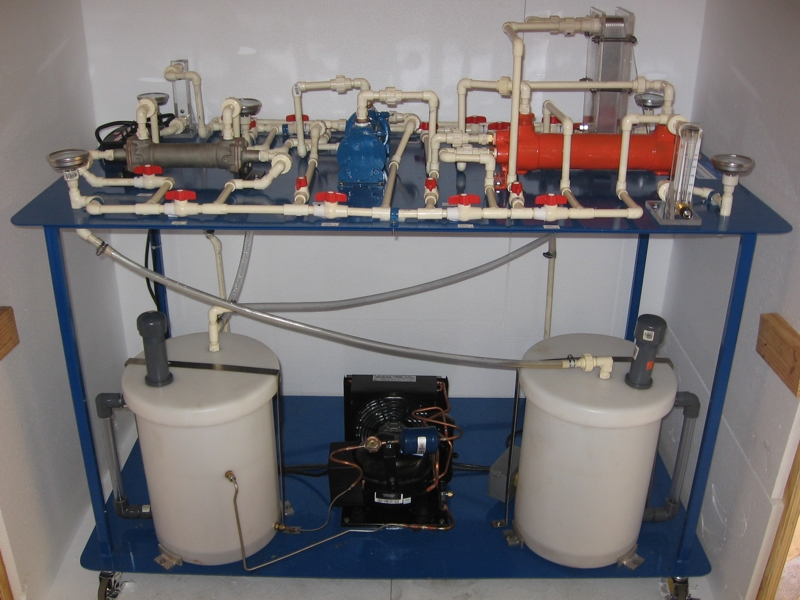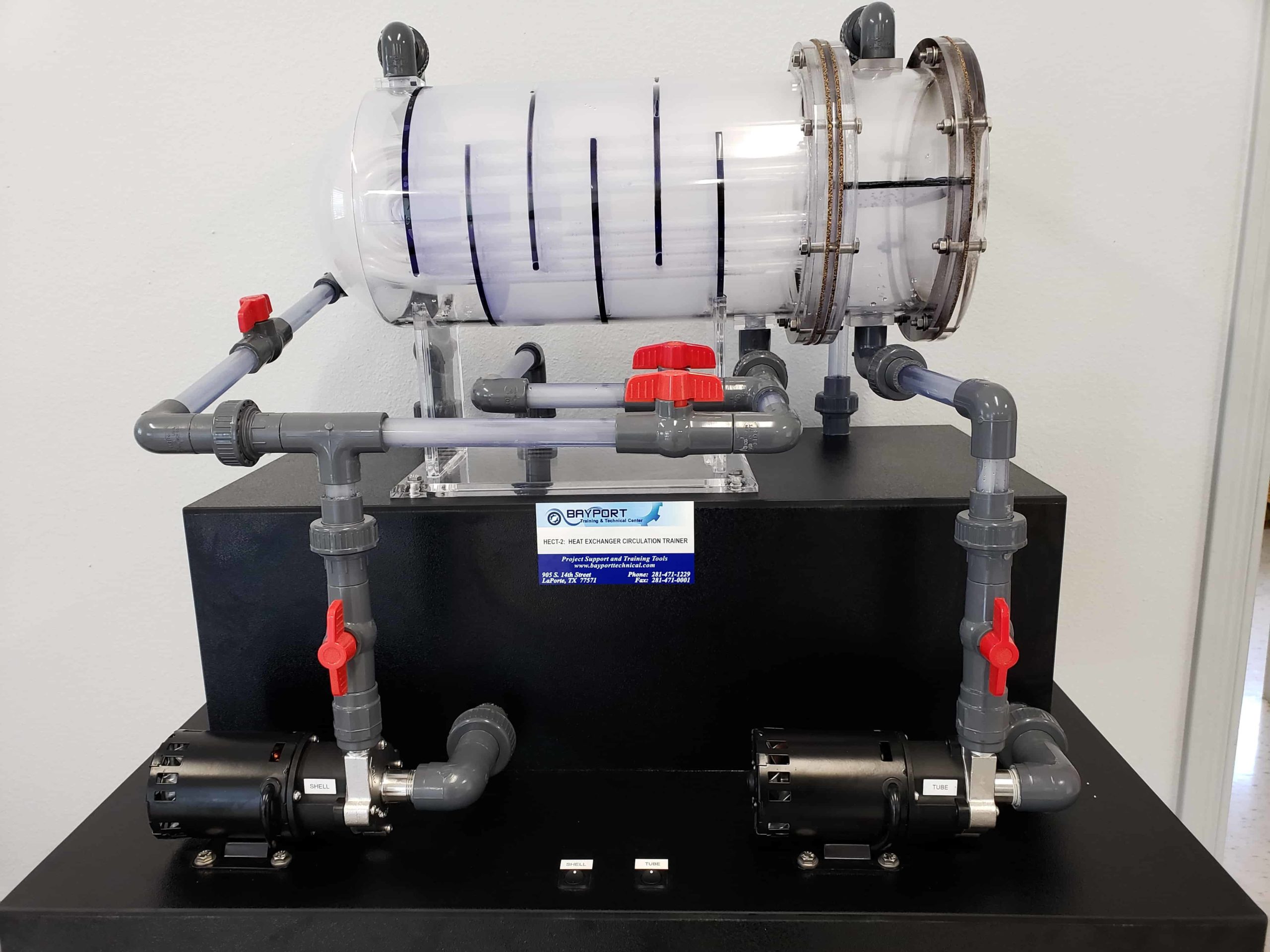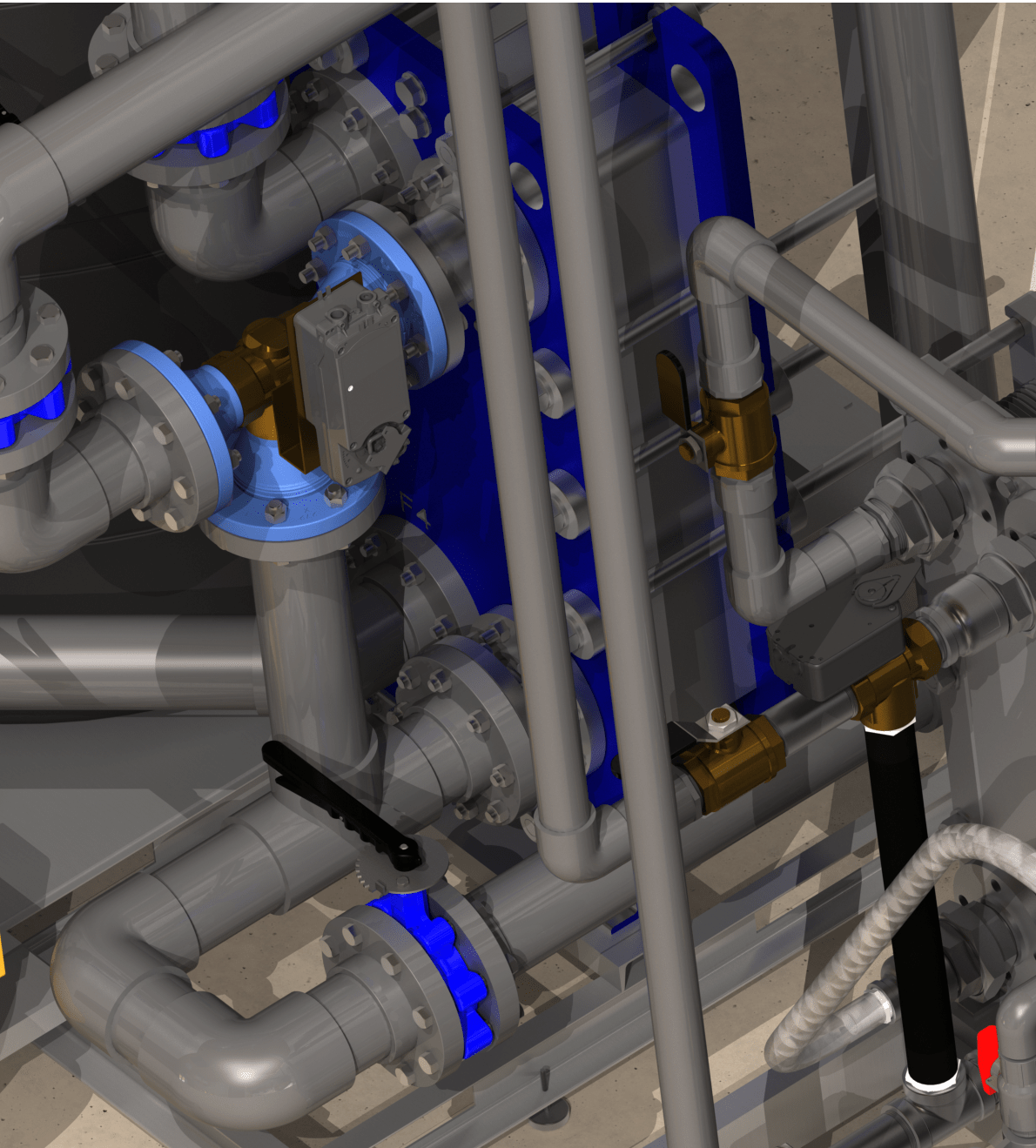Developments in Heat Transfer Equipments: What You Need to Know for Ideal Efficiency
Innovations in Heat transfer systems are transforming performance across numerous sectors. Advanced materials like graphene and nanofluids assure significant improvements in thermal conductivity. On the other hand, the combination of IoT and machine understanding uses chances for real-time monitoring and improved power efficiency. However, the landscape of thermal administration is rapidly evolving (DVS Heat Transfer Systems). Understanding these growths is necessary for attaining optimal system efficiency and sustainability in the future. What particular developments are forming this change?
Emerging Materials for Boosted Heat Transfer

Advanced Heat Exchanger Designs
While standard Heat exchangers have offered their function in various applications, progressed designs are currently emerging to satisfy the boosting demands for efficiency and performance. These ingenious designs, such as plate, shell-and-tube, and finned-tube Heat exchangers, incorporate improved surface locations and boosted flow patterns to boost thermal transfer prices. On top of that, compact styles enable minimized room requirements without jeopardizing effectiveness. Advanced materials, such as composites and corrosion-resistant alloys, additionally improve sturdiness and performance under extreme problems. Simulation modern technologies and computational fluid characteristics are significantly used to fine-tune these layouts, making certain peak Heat transfer characteristics. As markets seek to reduce power intake and optimize result, the adoption of sophisticated Heat exchanger designs is essential in accomplishing these objectives.
The Function of Nanotechnology in Heat Transfer
Nanotechnology plays an important duty in enhancing thermal conductivity within Heat transfer systems. By manipulating products at the nanoscale, researchers have accomplished considerable enhancements in energy performance. These developments not just maximize performance however also add to even more lasting power remedies.
Boosted Thermal Conductivity
Considerable innovations in thermal conductivity have actually emerged through the application of nanotechnology, reinventing Heat transfer systems throughout various sectors. By including nanoparticles into Heat transfer liquids and materials, researchers have achieved exceptional rises in thermal conductivity. These nanoparticles, such as carbon nanotubes, graphene, and metal oxides, enhance the Heat transfer residential properties as a result of their high area and unique thermal characteristics. The resulting compounds show enhanced performance in applications ranging from electronic devices cooling systems to sustainable energy modern technologies. The capability to tailor the size, form, and make-up of nanoparticles allows for maximized thermal management services. As an outcome, nanotechnology remains to play a pivotal role in the development of extra efficient and efficient Heat transfer systems, leading the way for boosted industrial applications.
Power Efficiency Improvements

Assimilation of IoT in Heat Transfer Solutions
The assimilation of IoT in Heat transfer systems presents the application of clever sensing units that boost operational performance. These sensors allow real-time data tracking, permitting for prompt changes and optimizations. This technological development has the potential to considerably improve performance and power management in Heat transfer applications.
Smart Sensors Application
As Heat transfer systems progress, the integration of clever sensing units through the Net of Points (IoT) has become a transformative approach. These sensing units allow real-time monitoring of circulation, temperature, and pressure prices, improving system efficiency and reliability. By collecting and transmitting data, they help with positive upkeep, lowering the threat of system failings. Additionally, clever sensors add to power savings by refining operational criteria based upon ecological conditions. Their capability to evaluate abnormalities and patterns permits webpage notified decision-making, making sure peak performance of Heat transfer systems. As industries progressively embrace this technology, the execution of wise sensing units stands to transform just how Heat transfer systems are managed, paving the way for higher sustainability and enhanced efficiency end results.
Real-Time Information Tracking
Exactly how can real-time information checking enhance the performance of Heat transfer systems? By incorporating Internet of Things (IoT) innovation, Heat transfer systems can leverage constant data collection from wise sensing units. This real-time monitoring allows for prompt analysis of circulation, pressure, and temperature prices, making it possible for drivers to identify inefficiencies promptly. Adjustments can be made to maximize efficiency, minimize power usage, and extend devices life-span. Additionally, anticipating maintenance can be applied, lessening unexpected downtime and pricey repair work. The ability to visualize efficiency metrics through dashboards enhances decision-making, cultivating a positive method to system management. Eventually, real-time information keeping track of not just boosts operational performance however likewise contributes to sustainability goals within industrial processes.
Power Performance and Sustainability Trends
Power performance and sustainability trends are reshaping the landscape of Heat transfer systems, driving development and conformity throughout numerous sectors. Organizations are increasingly prioritizing energy-efficient styles to decrease operational expenses and decrease ecological influences. The assimilation of renewable resource sources is becoming much more widespread, enabling Heat transfer systems to run sustainably while meeting regulatory demands. Furthermore, developments in modern technologies and materials advertise reduced power usage and enhance general efficiency. Lifecycle analyses are likewise gaining grip, permitting firms to assess the environmental effect of Heat transfer systems from manufacturing to disposal. This focus on sustainability not only sustains company responsibility yet additionally settings organizations competitively in a market where consumers increasingly favor green solutions. Consequently, power performance and sustainability remain vital factors to consider for future developments in Heat transfer innovation.
Developments in Thermal Administration Solutions
While the need for effective Heat transfer continues to rise, innovations in thermal monitoring remedies are arising to attend to both efficiency and sustainability challenges. Advanced materials, such as phase change products and nanofluids, are being created to improve Heat transfer efficiency - DVS Heat Transfer Systems. These products enhance thermal conductivity and allow for much better temperature level policy in different applications. In addition, modern technologies like energetic thermal control systems are obtaining traction, allowing real-time changes to handle Heat circulation properly. These systems add to energy financial savings and lower the ecological influence of thermal processes. Moreover, the integration of IoT in thermal administration facilitates tracking and anticipating maintenance, guaranteeing maximized efficiency and durability of Heat transfer systems. Overall, these technologies represent considerable strides toward even more sustainable thermal administration techniques
Future Directions in Heat Transfer Innovation
Arising innovations in thermal administration solutions indicate an encouraging future for Heat transfer innovation. Researchers are increasingly concentrating on developing products with exceptional thermal conductivity and improved energy efficiency. Innovations such as nanofluids, which contain suspended nanoparticles, use substantial renovations in Heat transfer performance. In addition, the assimilation of smart products that adapt to differing temperature level conditions is obtaining traction, permitting more receptive and effective systems. The increase of additive manufacturing techniques is also making it possible for the layout of intricate Heat exchanger geometries that maximize fluid circulation. The application of maker learning algorithms is anticipated to change the optimization of Heat transfer systems, assisting in predictive upkeep and efficiency improvement. Jointly, these improvements are positioned to transform the landscape of Heat transfer modern technologies in numerous markets.

Regularly Asked Questions

How Do I Select the Right Heat Transfer System for My Application?
Selecting the ideal Heat transfer system entails evaluating application demands, consisting of temperature level arrays, liquid properties, and performance demands. Examining system types, upkeep considerations, and cost-effectiveness additionally plays an essential function in making an informed decision.
What Are the Maintenance Needs for Advanced Heat Exchangers?
Upkeep needs for sophisticated Heat exchangers usually consist of regular assessments, monitoring for leakages, cleansing of surface areas, and assuring suitable flow rates. Abiding by manufacturer standards assurances effective procedure and lengthens the equipment's life-span.
Exactly How Do Ecological Variables Influence Heat Transfer Effectiveness?
Environmental aspects substantially affect Heat transfer efficiency. Variants in temperature level, airflow, and humidity impact thermal conductivity and convective Heat transfer, eventually affecting system efficiency and demanding consideration throughout the style and operation of Heat transfer systems.
What Security Requirements Apply to Heat Transfer Solutions?
Safety and security criteria for Heat transfer systems normally consist of guidelines from companies such as ASME and ASTM. DVS Heat Transfer Systems. These criteria address materials, layout, and functional practices to assure dependability, performance, and security against risks in numerous applications
Just How Can I Repair Typical Heat Transfer System Issues?
Repairing common Heat transfer system problems entails looking for leaks, ensuring proper fluid circulation, inspecting insulation honesty, and confirming temperature level differentials. Recognizing these elements can assist maintain system click here to read efficiency and prevent further complications.
Nanotechnology plays a vital role in enhancing thermal conductivity within Heat transfer systems. Substantial innovations in thermal conductivity have actually emerged via the application of nanotechnology, changing Heat transfer systems across different industries. More Bonuses Developments in thermal conductivity with nanotechnology have actually led the means for impressive renovations in energy performance within Heat transfer systems. Power performance and sustainability patterns are reshaping the landscape of Heat transfer systems, driving technology and compliance throughout different sectors. The assimilation of IoT in thermal monitoring promotes surveillance and anticipating upkeep, making certain enhanced performance and long life of Heat transfer systems.